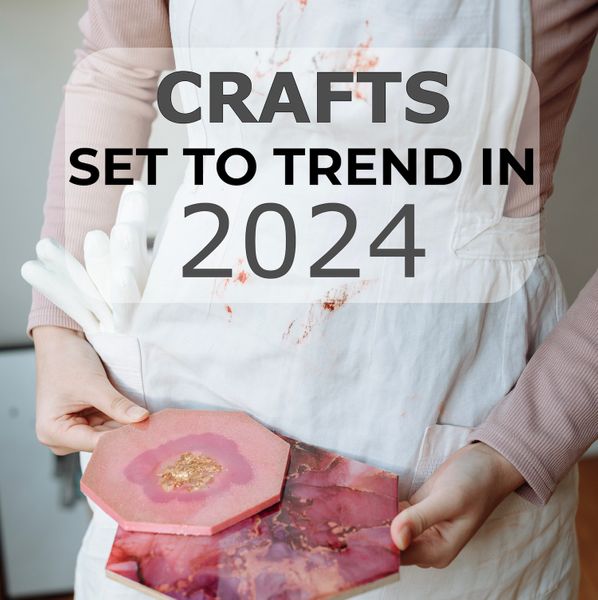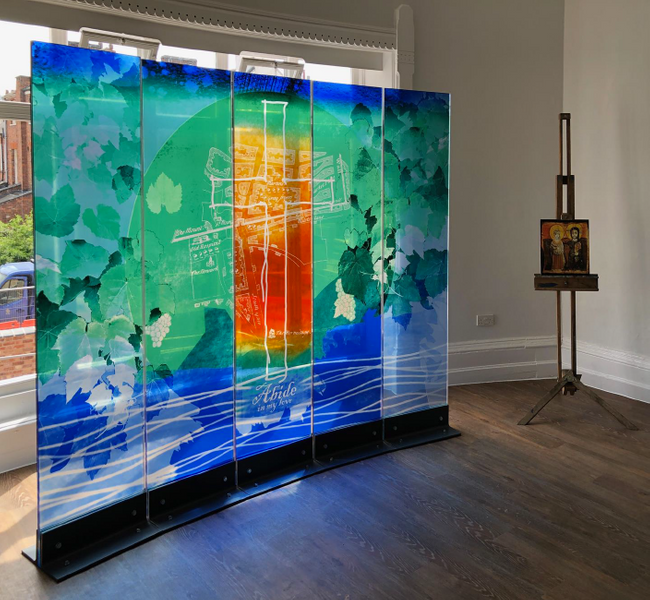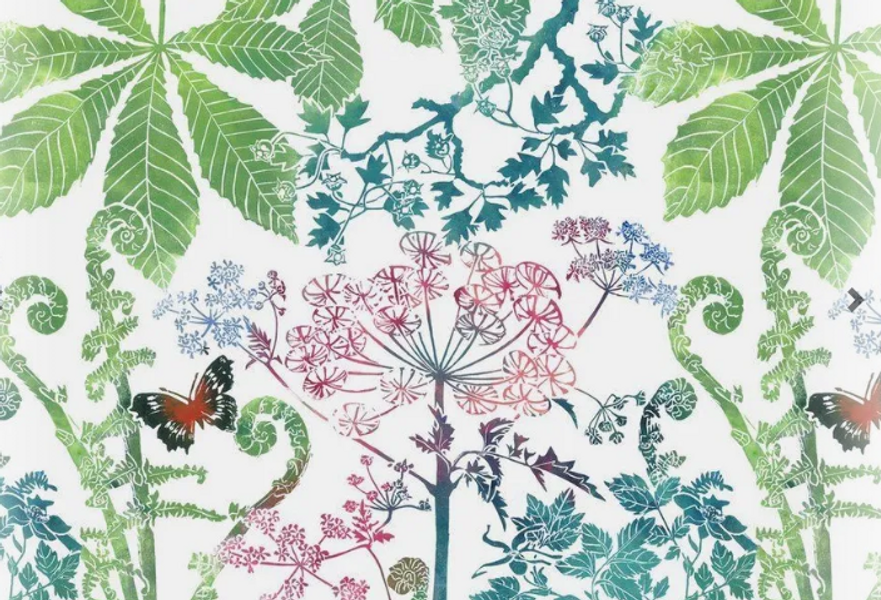The Potter's Bible by Marylin Scott, published by Chartwell Books
Reviewed for CraftCourses by Alex Bradley
Calling a book a 'bible' is a big claim, but as a relatively new potter (I rekindled my love of clay around 14 months ago after many years away) I thought it would be a good place to start.
My husband and I had recently invested in our own wheel and kiln, so away from the safety and expertise of our pottery tutor we needed some sort of back up resource. Was this book to be it?
I could tell instantly from the wire binding and colour-coded sections that this book was going to be easy to use. I was a little surprised by the size of it - for a 'bible' I expected it to be, well, bigger! Though at 6.5 x 8 inches it is a handy reference size.
There are 6 main sections:
- Clay and pottery bodies
- Forming methods
- Texture and pattern
- Painting and printing
- Glazes and post-firing techniques
- Technical resources

I read the book from cover to cover, wanting to ensure that I hadn't missed any essential information; though I did hop over to the kiln/firing section in eagerness when our new (to us) kiln was due to arrive. I felt like it had touched on every possible aspect of pottery that I could think of, and more!
I would say that you certainly don't need to read it front to back, unless you absolutely want to of course, and that most people would find it helpful in the way it was designed i.e. as an illustrated guide.
The book really did help to explain lots of different aspects of pottery that I had been wondering about, terminology that I wasn't familiar with or the starting point for understanding a range of techniques.
However, it is just that - a starting point.
If you want to become an expert in a particular forming or glazing/decorating technique then this is only a good reference for the beginner and you will need to take instruction and expertise from a tutor or get some specialist books. This is of course no bad thing - afterall, you cannot expect one reference book to tell you everything you need to know on everything to do with working with clay!

For example in the section on Throwing it talks you through the steps to one throwing technique, which doesn't work for me and happens not to be the technique I was taught by my pottery teacher and also not the technique that I now use (following subsequent reading).
It would also have been helpful for a little more detail in the kiln section on using electric programmable kilns without spy holes for checking the cones.
These are minor complaints though and I can totally see this little guide being a very handy reference in our studio for many years to come as we explore different techniques and approaches. The step by step images and examples are incredibly easy to understand, the ideal layout.
I would think that most people who play with clay as a hobby would find it very helpful to have a copy of this to act as a guiding hand, reminder and first checkpoint before embarking on something new.
My copy already has clay coloured fingerprints over the cover, but the good news is that we have a brand new copy up for grabs in competition that we are running on our Facebook page (COMPETITION NOW CLOSED)

You may also enjoy reading another book review > How to be a Craftivist



